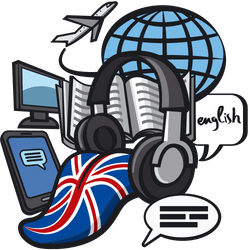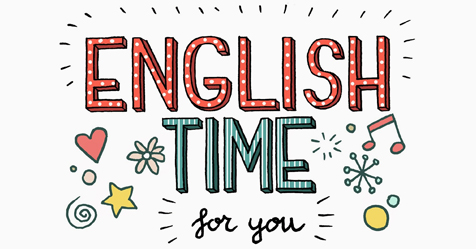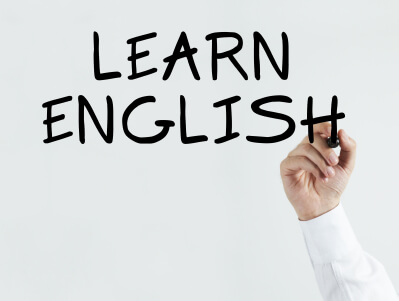There are many different ways that people can learn how to read and speak Old English. One way is to take online classes, which are available from a variety of different sources. Other people may prefer to purchase textbooks or attend live classes.
Regardless of which method is chosen, there are a few basic things that are necessary in order to learn Old English. First, one must be able to read modern English. This is because Old English is very similar to the language that we speak today. In addition, one must have a basic understanding of grammar. Old English is a very inflected language, which means that the endings of words change depending on their function in a sentence. Finally, it is helpful to have some knowledge of the Anglo-Saxon culture and history. This is because the language was used by the Anglo-Saxons for over 1,000 years.
Can Old English be learned?
Yes, Old English can be learned. It is the ancestor of the modern English language, and is still used in some expressions today. There are some differences between Old English and modern English, but the basics of the language are the same.
There are a few different ways to learn Old English. One is to find a course offered at a local university or community college. Another option is to find an online course. There are also a few books available on the subject.
The basics of Old English are not difficult to learn. The most important thing is to practice as much as possible. There are many resources available to help with practicing, including online forums, websites, and apps. With a little bit of effort, anyone can learn Old English.
What is hello in Old English?
Hello is a word that is used to greet someone. It is also used to say goodbye. Hello is a word that is used in many different languages.
Hello is an Old English word. It was first used in the eleventh century. Hello means “farewell” or “goodbye”.
How can I speak in Old English?
Old English, also known as Anglo-Saxon, was the language spoken in England before the Norman Conquest in 1066. It is a West Germanic language, related to Dutch and German.
If you want to speak Old English, you first need to learn the vocabulary. There are many resources online, or you can buy a book or CD. Some of the most common words are ‘the’, ‘a’, ‘of’, ‘to’, ‘from’, ‘by’, ‘in’, ‘with’, ‘for’, ‘against’, ‘before’, ‘after’, ‘above’, ‘below’, ‘here’, and ‘there’.
To say ‘hello’ in Old English, you would say ‘hallo’. ‘Goodbye’ is ‘farewell’. ‘Thank you’ is ‘thank you’. And ‘sorry’ is ‘sorry’.
To conjugate verbs in Old English, you need to know the present, past, and future tenses. The present tense is typically represented by the infinitive form of the verb, without the ‘to’. The past tense is typically represented by the past tense marker ‘-ed’. And the future tense is typically represented by the future marker ‘-eth’. For example, the verb ‘to go’ would be conjugated as ‘goth’ in the present tense, ‘gode’ in the past tense, and ‘goth’ in the future tense.
Here are some other common verbs in Old English, conjugated in the present tense:
to be – bi
to do – don
to have – habban
to see – seon
to say – secgan
How long does it take to learn Old English?
The time it takes to learn Old English can vary depending on a person’s language background and existing knowledge of English. Someone with a strong background in Latin, for example, may be able to learn Old English more quickly than someone without a Latin background. However, on average, it takes about two years to become proficient in Old English.
Some important factors to consider when learning Old English include the following:
– There are many different dialects of Old English, so it is important to focus on one specific dialect in order to learn it properly.
– Old English is a very different language from Modern English, so it takes time and practice to get used to the different grammar, spelling, and pronunciation.
– A good dictionary and grammar reference book are essential for learning Old English.
– There are many resources available online and in print that can help with learning Old English.
– It is important to be patient and take things one step at a time when learning a new language.
There are many different methods people can use to learn Old English. Some of the most popular methods include the following:
– Online courses: There are many online courses available that can help with learning Old English. These courses typically include audio and video files, as well as interactive exercises and quizzes.
– Tutors: A tutor can be a great way to learn Old English, especially if someone needs more personal attention or wants to focus on a specific dialect.
– Textbooks: A good textbook can be a valuable resource for learning Old English. They typically include a pronunciation guide, a grammar reference, and a list of vocabulary words.
– Audio recordings: Audio recordings can be a great way to learn Old English, especially for people who prefer to learn by listening.
– Online forums and discussion groups: Forums and discussion groups are a great way to connect with other people who are interested in learning Old English. This can be a helpful resource for finding tips, advice, and support.
How do you say love in Old English?
Old English is the ancestor of the modern English language. It was spoken in England between the 5th and 12th centuries. The word “love” was spelled “lufu” in Old English. It meant “affection, strong liking, love” and was used both as a noun and a verb. The modern English word “love” comes from the Old Norse word “lof,” which also meant “love.”
What is bye in Old English?
The term “bye” is derived from the Old English word “bege” which means “to bid farewell.” In modern English, the term is used to denote a farewell kiss or hug.



